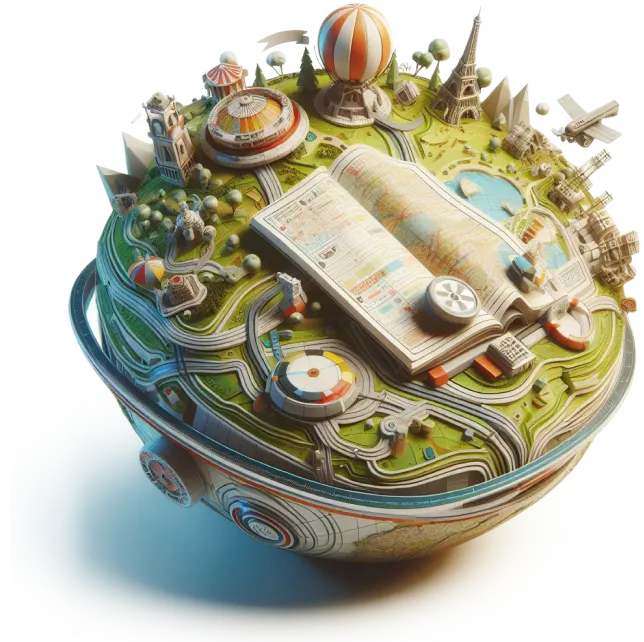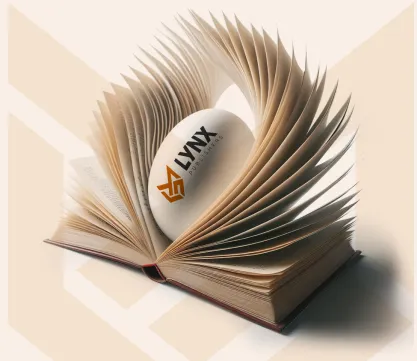
The Power of Maps in Storytelling
Just like a picture is worth a thousand words, a map can unlock a universe of detail for your readers. Cartography brings imaginary landscapes to life, making real-world settings more comprehensive with visual support. Whether you're crafting a fantasy epic or a travelogue, a map adds depth and context that might be difficult to convey with text alone.
Lynx Publishers understands the power of maps in storytelling. For over a decade, we've partnered with authors to create stunning cartography that elevates their books, guides, and websites. Our expert cartographers can craft the perfect map for intricate worldbuilding, giving any genre that extra touch of professionalism.
Children’s Book Illustrations

01
-
02

Board Book Illustrations
Comic Book Illustrations

03
-
04

Cookbook Illustrations
Graphic Novel Illustrations

05
-
06

Research Based Illustrations
Get a Custom Map for Your Book Today!
Partner with Lynx Publishers for Professional Cartography

Why Lynx to hire Cartography
Frequently asked questions
Educational books: Textbooks in history, geography, science, and social studies heavily rely on clear and informative maps to illustrate concepts and locations.
Travel guides: Maps are essential for travel guides, helping readers navigate destinations, visualize routes, and pinpoint landmarks.
Fiction books: Fantasy novels utilize custom-designed maps to depict fictional worlds, while historical fiction could benefit from including period-accurate maps.
Atlases and reference books: These publications rely entirely on cartography to present geographical information comprehensively and user-friendly.
Cartographers working in book publishing ensure the maps are accurate, visually appealing, and tailored to the specific needs of the book's content and audience.
• Choose the elements you want to include in the map.
• Give a short backstory and specific details of each item.
• Share a rough sketch that doesn’t need to be perfect. It would be a general guide for the cartographer to explain your perspective.
Line Art Maps:
Style: These maps use simple lines and minimal details to depict locations, boundaries, and landmarks.
Suitability: They are perfect for historical fiction, fantasy novels with basic world layouts, and children's books due to their clean and easy-to-understand nature.
3D Maps:
Style: These maps create a three-dimensional illusion, giving readers a more realistic sense of depth and elevation in the landscape.
Suitability: It is ideal for science fiction or fantasy featuring fantastical landscapes with diverse terrain or for travel guides showcasing regions with dramatic topography, such as mountains or canyons.
Graphic Maps:
Style: These maps utilize bold colors, icons, and illustrations to highlight specific information or themes.
Suitability: These are excellent for nonfiction books like travel guides emphasizing cultural attractions or historical atlases focusing on trade routes or historical events. They can also be used effectively in fantasy or sci-fi to showcase unique resources or political factions worldwide.
Textured Maps:
Style: These maps incorporate textures and patterns to represent different types of terrain (forests, deserts, mountains) or even cultural elements.
Suitability: Well-suited for fantasy or historical fiction where textures can evoke specific environments and create a sense of immersion. They can also be used in travel guides to visually distinguish between different regions.
Remember, these are just some general recommendations. The best map style ultimately depends on the specific message and visual aesthetic you want to achieve in your book.
Map Complexity: Simple line art maps will be less expensive than intricate, highly detailed maps with textures and illustrations.
Map Size: A full-page spread map will cost more than a small inset map.
Color vs. Black & White: Color maps generally cost more than black and white due to the additional design work involved.
Cartographer Experience: More experienced cartographers with established portfolios will likely charge higher rates than those starting out.
Project Scope: The number of maps needed and any revisions requested will also impact the overall cost.
With the information, including genre and appropriate style, map complexity and size, and number of maps, we can give you a more accurate estimate for your specific needs.
Join The Community of Our Successfully Published Authors
Lynx Publishers is dedicated to fostering long-term relationships with our authors, guiding them through every step of the publishing process with professionalism and care. Choose Lynx Publishers for an unmatched blend of expertise, personalized attention, and a proven track record of transforming manuscripts into literary masterpieces.



















